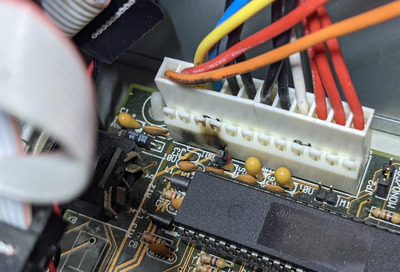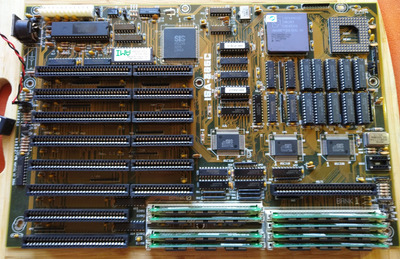Tantalums do have their pros. They have very low inductivity, very low ESR, don´t dry out and are perfect to filter high frequencies. When tantalum
was still cheap everybody preferred them. Then the tantalum price-shock happened and everybody turned to regular electrolytics.
A few aspects have to be considered:
1. Tantalums are more likely to fail when they operate near their nominal voltage. To be on the safe side here just use 25V or 35V tantalums for the 12V rails and 16V for the 5V rails.
2. Tantalums don´t like "hard" switching. At startup older (AT) PSUs used to raise the output voltages more slowly. Today´s ATX PSUs start very quickly and output voltages rise to the nominal values in no time. This can stress tantalums. Decades ago tantalums had to be protected against that by adding a resistor, today they have become much more tolerant and stable.
A typical effect is that tantalums still run perfectly in an old system with the original PSU. When the PSU is replaced by a modern one several tantalums die when the system is powered up the first time.
On many older mainboards you see regular electrolytics but in some critical positions (like clock-gen) there are still tantalums.

